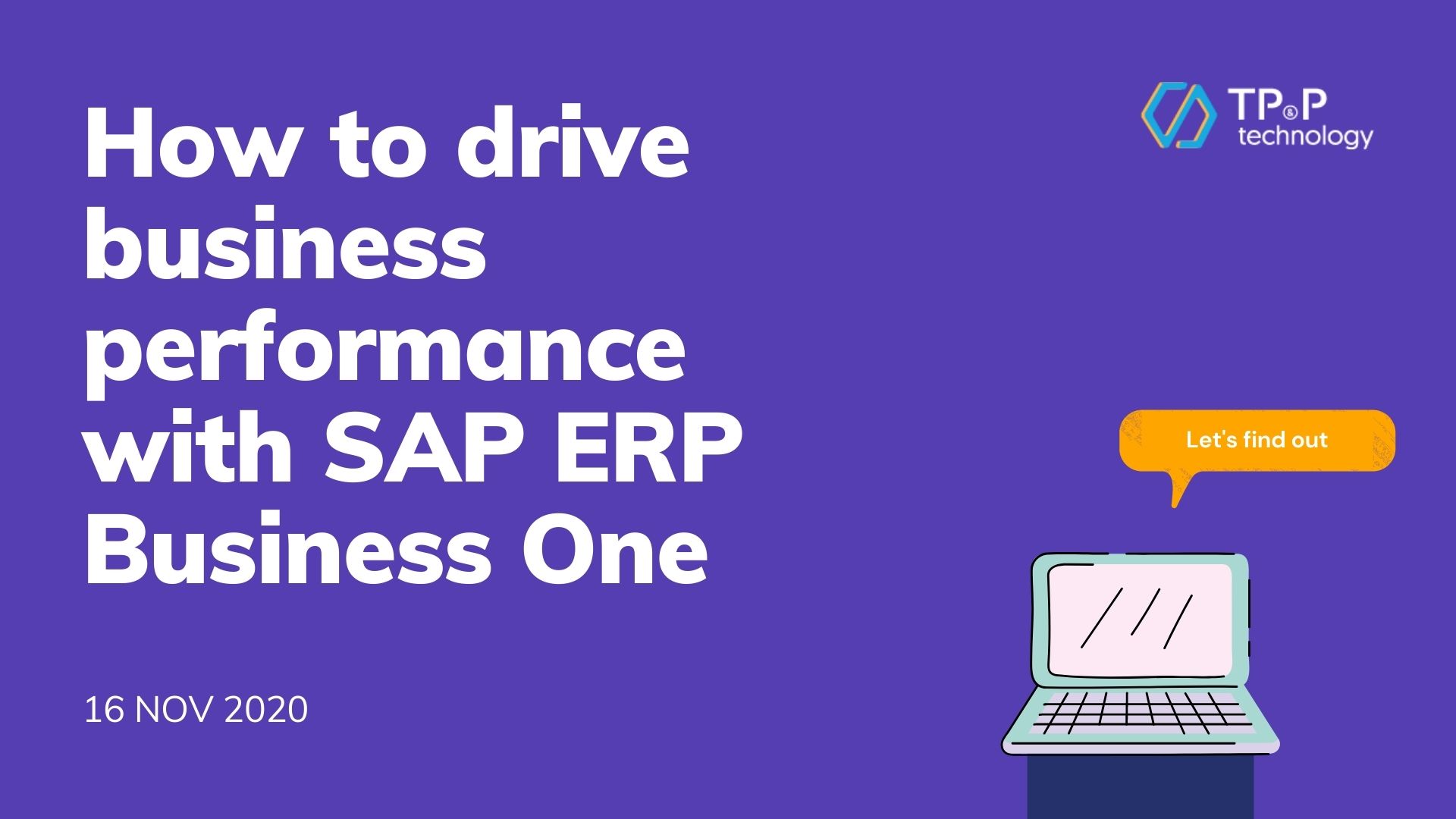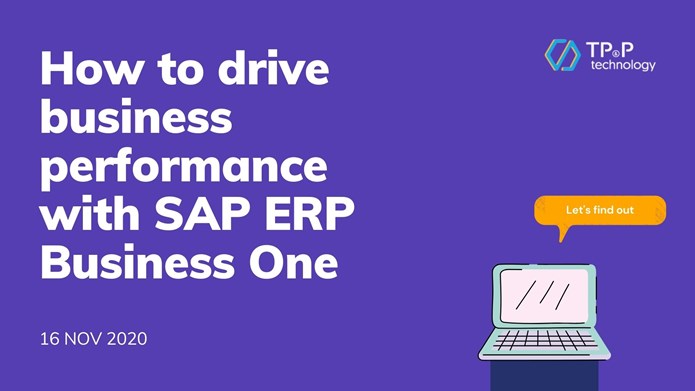
How to drive business performance with SAP ERP Business One
Organizations around the world are looking for ways to reform their core business and drive sustainable growth via innovation and cutting edge technology, despite budget constraints in times of uncertainty. At the same time, the innovative movement still needs to generate a significant return on investment.
This raises some challenges of how to transform existing business models and organization with technology at an affordable price for both business and IT, and how to best utilize the most powerful business transformation.
Executives can look to SAP ERP Business One (B1) as part of their industry-specific solution. It should support new business models enabled by the cloud, IoT, AI, and other emerging technologies that will allow them to correct the disruption in industries like retail, energy, healthcare, manufacturing, or transportation.
What is SAP ERP B1?
SAP ERP B1 is more than just a technology implementation. It is more like an opportunity for business transformation.
SAP ERP B1 is an ERP software which is developed specifically for small and medium-sized businesses. According to SearchSAP.com, some of the key benefits of implementing SAP B1 are:
- On-premises: Direct control and access to data, leverage internal hardware; and existing IT infrastructure and resource; compliance with internal data security policies; less dependence on always-connected internet.
- In the cloud: Easy and affordable implementation, manage critical business functions in the web browser; access to the most up-to-date functionality without having to rely on the in-house IT teams; secure browser-based access from anywhere at all time.
- Mobile app: All employees who need to view and update data can instantly access; integrated analytics allow real-time decision making, comprehensive sales, and service functions; encourage employees to be more productive.
The purpose of SAP ERP B1 is to manage the software that connects and streamlines a company’s processes. Depending on the purpose, businesses can choose SAP ERP or SAP ERP B1. To know the difference between SAP ERP and SAP ERP B1, read this article to understand what are the differences and similarities between the two systems.
4 practical ways to deliver ERP B1 journey
Think beyond just your organization: bring supplier on board as early as possible
Get your suppliers on board ASAP. When suppliers are an important part of your value chain, don’t wait for your ERP B1 implementation to be well-improved before bringing them to the team.
Share data and co-innovate on the product or service development cycle from the beginning. By integrating them right from the outset, this shouldn’t be expensive. Suppliers can seamlessly integrate with real-time data in different subcontracting/tolling scenarios without the need for custom developments. It is essential to consider implementing new functions independently of the rollout plans for the core functionality in the automotive and chemical industries, where all supply ecosystem are strategically important.
Empower service-oriented architectures in areas
One of the good ways to accelerate results and lower costs on the SAP ERP B1 journey is to outsource the code for regular routine from the existing SAP ECC in sales. For example, in the automotive industry, a good candidate might be the process where a customer’s winter tires are automatically ordered and available at the car dealership when the weather forecast algorithm predicts there will be snow.
Microservices also provide great opportunities to bridge the gap in “migration scenarios” where some parts of the system contexts are still running with ECC and others are already running in ERP B1. Microservices help solve use cases and validates this technology. Getting started thinking about approaches and use cases in advance can save businesses a lot of time.
Incorporate process mining to take a leap
Intelligent process design, powered by process mining technology, achieves rapid results in areas such as procurement, accounting, and supply chain. This can speed up the transition, build a competitive advantage, and save millions of dollars.
We can start with the most profitable use cases and use SAP standards combined with intelligent automation techniques, even when the process is running in a non-SAP environment, use your KPIs to guide you through the first steps, and close the gap with your competitors. SAP ERP B1 is a platform including all features one business needs to stay competitive, including the pricing engines.
Boost current and future business models with AI-driven integration
Thinking outside the box can help improve your current business model, generate new ones, and differentiate one business from another.
SAP does not provide everything to build a new business model, goals, and operating models; however, SAP’s openness enables the business to integrate non-SAP artificial intelligence for a variety of products and services, like forecasting models. the ability to integrate historical data in combination with AI technology can create use cases with demonstrable ROI. For example, asset location data (such as trucks and trains) can be used for new business models across all business functions.
Side-note
These recommendations are designed to help businesses maximize their opportunities to win an SAP ERP B1 implementation project. If you’re looking for SAP consulting companies, TP&P Technology is one of the top software outsourcing companies in Vietnam.
Talk to one of our experts to know more about how we can help you.



